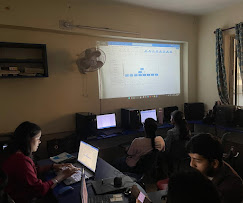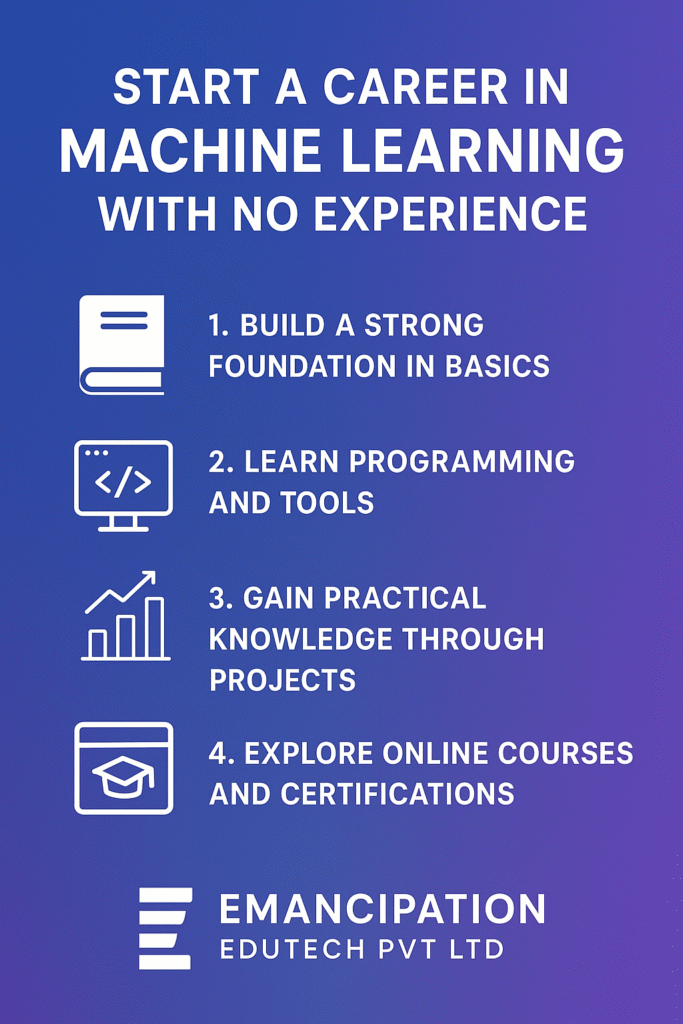Debugging Tips and Tricks for Python Developers
Debugging Tips and Tricks for Python Developers(By Emancipation Edutech Pvt. Ltd., Ranchi – The Best Python Training Center in Ranchi, Plaza Chowk, Lalpur) Every Python developer, whether a beginner or a professional, faces bugs at some point. Debugging is an essential part of programming — it’s what turns good code into great code. While errors can be frustrating, knowing how to find and fix them efficiently is what separates an average developer from an expert. In this blog, we’ll explore some of the best debugging tips and tricks for Python developers and how you can master these skills at Emancipation Edutech Pvt. Ltd., Ranchi, the leading Python training institute in Ranchi. 1. Understanding the Importance of Debugging Debugging isn’t just about fixing errors — it’s about understanding your code’s behavior. Every time you debug, you learn more about how your program works under the hood.Good debugging skills help you: At Emancipation Edutech Pvt. Ltd., Ranchi, students are trained to approach debugging not as a problem, but as a skill that enhances their logical thinking and coding efficiency. 2. Start with Reading Error Messages Carefully Python provides detailed error messages and tracebacks that show where and why an error occurred. Instead of panicking when you see a red error message, take a moment to: For example: This means you’re trying to add a number and a string — a type mismatch. 3. Use Print Statements for Simple Debugging The oldest and simplest debugging tool is the print() statement.By printing variable values at different points, you can see what’s happening inside your code.Example: While print debugging is useful for beginners, it can become messy in large programs — that’s when you should move to professional debugging tools. 4. Use Python’s Built-in Debugger (pdb) Python’s pdb module is a built-in debugger that allows you to pause your code and inspect variables line by line.You can add this line to your code: Once the program hits this point, it stops and opens an interactive debugging environment.You can check variable values, step through code, and understand exactly where the issue lies. Common pdb Commands: 5. Use IDE Debugging Tools Modern code editors like PyCharm, VS Code, and Jupyter Notebook come with built-in debugging tools that make the process easier.These features let you: At Emancipation Edutech Pvt. Ltd., Ranchi, students get hands-on training with IDE debugging tools to handle real-world projects efficiently. 6. Check Your Logic Step by Step Sometimes, your code runs without errors but still doesn’t give the expected output. This is a logic error, which is often harder to find.To fix logic bugs: Example: 7. Use Logging Instead of Print For large projects, using logging is a better option than print statements. The logging module helps you track events and errors more professionally.Example: Logging allows you to control message levels (debug, info, warning, error, critical) and keeps your debugging organized. 8. Keep Your Code Clean and Modular Well-structured code is easier to debug. Follow these best practices: Clean code reduces the chances of hidden errors and makes debugging much faster. 9. Take Help from the Community If you’re stuck on a tough bug, you’re not alone! The Python community is massive.You can find help on: At Emancipation Edutech Pvt. Ltd., Ranchi, trainers also encourage students to collaborate and discuss debugging challenges as part of group projects. 10. Practice Makes You Perfect Debugging is an art that improves with practice. The more you code and fix errors, the better you’ll become at predicting where bugs can appear and how to fix them quickly. Learn Debugging and Python at Emancipation Edutech Pvt. Ltd., Ranchi If you want to become a confident Python developer, Emancipation Edutech Pvt. Ltd., Ranchi, near Plaza Chowk, Lalpur, is the best place to learn.Here’s what you’ll get: Conclusion Debugging is not just a technical skill—it’s a mindset. By learning to debug effectively, you become a better problem solver and a more efficient developer.At Emancipation Edutech Pvt. Ltd., Ranchi, you can master Python along with professional debugging techniques that prepare you for real-world software challenges.









